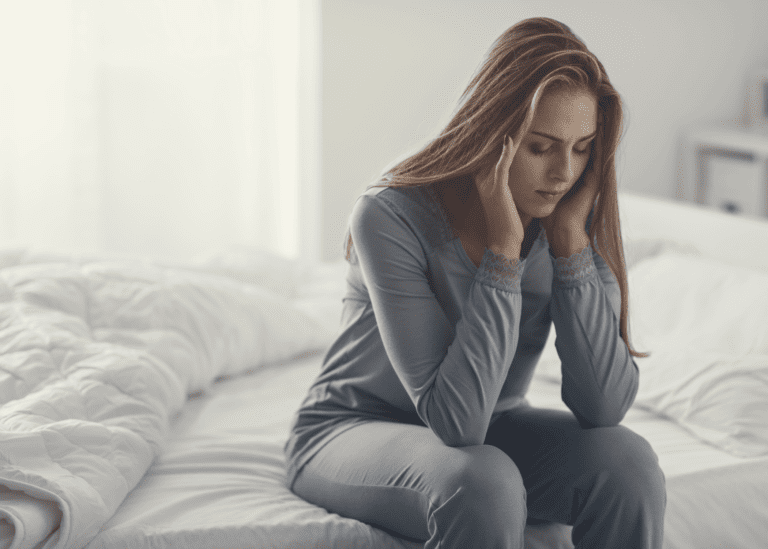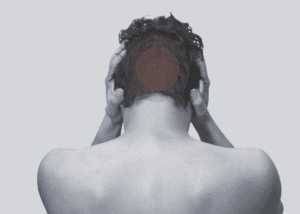Hormonal migraine, otherwise known as menstrual migraine affects up to 51% of women who live with migraine. To be classified as a menstrual migraine, the episodes must occur from 2 days prior to 3 days after the onset of menstruation. It must also occur in at least 2 thirds of menstrual cycles (1).
What Causes Hormonal Migraine?
Hormonal migraine is thought to be caused by the drop in estrogen that occurs just before and during the peri-menstrual period. Estrogen levels are linked to the production of serotonin, which acts to desensitise the brainstem. As such, when these levels drop the brainstem becomes more sensitive. Sensitivity in these areas of the brain is what ultimately leads to the onset of the migraine episode. (2)
There is a possibility that these migraines are also affected by increases in prostaglandins (promote inflammation) and a decline in magnesium (1).
Treatment For Hormonal Migraine
Treatment for hormonal migraine can be difficult as they tend to be less responsive to medications and are often more severe than other forms of migraine.
That said, there are an array of treatment options for this type of migraine. It’s important that the treatment is tailored to the individual as what works for one person, may not work for another. In reality, this often requires a degree of ‘trial-and-error’ before the most appropriate treatments are found.
Using a headache diary can be a great way to monitor hormonal headaches and migraine. Take note of whether these migraines are occurring every month during menstruation. It’s also useful to know if there’s migraines occurring at other times during the month. This information can help with finding the correct diagnosis and treatment approach.
Treatment of the Neck
At Flow, we are experts in diagnosing and treating the effect of the neck on a variety of headache and migraine conditions, including menstrual migraine. If the upper neck is under stress, this can increase sensitivity in the areas of the central nervous system responsible for menstrual migraine (3).
By reducing the stress on the upper neck we can decrease the sensitivity in the brainstem (4). As a result we can reduce the frequency and severity of your migraine and the need for ongoing use of medications.
Medications for Hormonal Migraine
In regard to pharmaceutical interventions, the medications are broken into three categories: acute therapies, short term preventative and continuous preventative.
Acute medications are the same as is used for other types of migraine. These are taken at the onset of a migraine and aim to reduce or stop the migraine.
Short term preventatives are taken in the peri-menstrual phase. This is generally 1-2 days prior to menstruation and then for 4-7 days in a row.
Continuous preventatives are taken daily and can help reduce menstrual migraine as well as other migraines in that month.
To learn more about how we can improve hormonal migraine and reduce your reliance on medications, book in a free phone consultation here.
- Vincent T. Martin, Menstrual Migraine: New Approaches to Diagnosis and Treatment, American Headache Society, 2018.
- Goadsby PJ. Pathophysiology of Migraine: A Sensory Processing Disorder. Physiol Rev. 2017 April; 97(2): 553-622.
- Watson, DH et al. Head Pain Referral During Examination of the Neck in Migraine and Tension-Type Headache. Headache. 2012 September; 52 (8):1226-1235.
- Watson, DH et al. Cervical Referral of Head Pain in Migraineurs: Effect on the Nociceptive Blink Reflex. Headache. 2014 June; 54 (6): 1035-1045.





